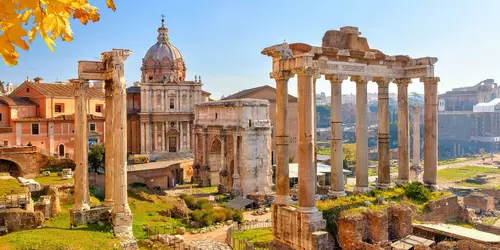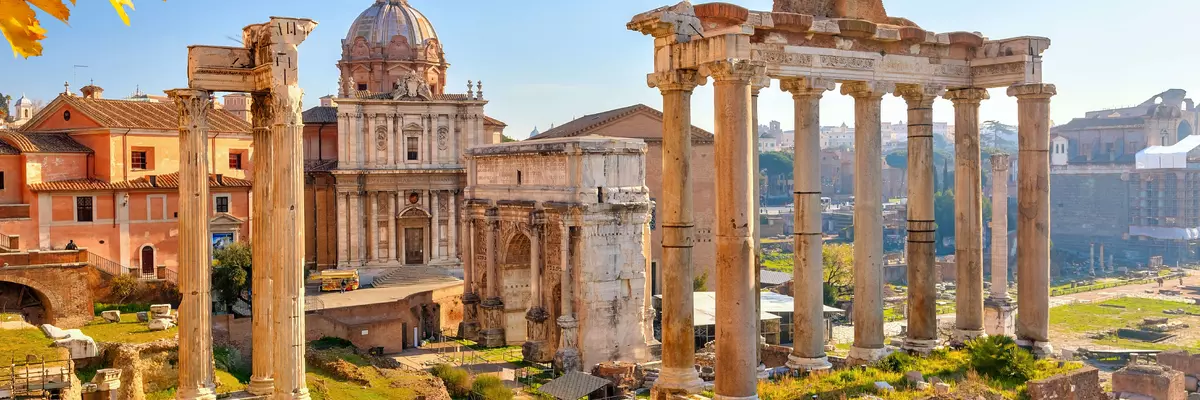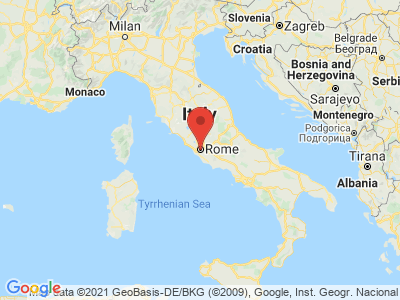Climate Table Rome
Jan | Feb | Mar | Apr | May | Jun | Jul | Aug | Sep | Oct | Nov | Dec | |
|---|---|---|---|---|---|---|---|---|---|---|---|---|
| Max. Temperature | 11° | 13° | 16° | 19° | 23° | 28° | 31° | 31° | 27° | 21° | 16° | 12° |
| Min. Temperature | 4° | 5° | 7° | 10° | 13° | 17° | 20° | 20° | 17° | 13° | 9° | 5° |
| Sun Hours | 4 | 4 | 5 | 7 | 8 | 10 | 11 | 10 | 7 | 6 | 5 | 4 |
| Water Temperature | 14° | 13° | 13° | 14° | 17° | 21° | 23° | 24° | 23° | 20° | 18° | 15° |
| Rain Days | 8 | 9 | 8 | 8 | 7 | 4 | 2 | 2 | 5 | 8 | 10 | 10 |
The climate year of Rome
Rome was called the "Eternal City" as early as the 1st century BC and, due to its 3000 years of history, it has retained this honorary name until today. The city is rich in ancient, important buildings, has many museums and the Old Town, St. Peter's Basilica and Vatican City were declared World Heritage Sites by UNESCO in 1980. The capital is an economic and also cultural metropolis of Italy. The Roman Empire left the largest and most beautiful buildings in the city. Rome is located not far from the Tyrrhenian Sea on the Tiber River. The Alban Hills are to the south, the Sabine Mountains to the northeast and the Abruzzo Mountains to the east.
General information about Rome
The largest house of worship in the West is St. Peter's Basilica, under which the Apostle Peter is said to be buried. It holds 60,000 people and in front of the basilica, in the baroque square, another 100,000 people. Many tourists from all over the world think that St. Peter's Basilica alone is worth the visit to Rome. The Colosseum, where gladiator fights and other cruel games took place, or the Roman Forum, in the center of the city, are certainly also among the "great" sights. The temple of the gods Pantheon, which means "all the gods" and the people's square, Piazza del Popolo should be visited and the view of St. Peter's dome from Via Niccolò Piccolomini is an experience you will not forget. Walking along the street, facing the dome, it will move further and further away, if you move away even then, the Cupolone will come closer and closer. This rarity results from the observation point and the arrangement of the buildings.
Tourism Rome
The best time to visit Rome is April to June, although at Easter the city is usually very crowded and those who can should avoid this time. However, it is not yet too hot, spring flowers are blooming and the big vacations have not yet started in Italy. The Mediterranean location of Rome shapes the climate and the dryness in summer is due to the fact that in the subtropical high pressure area the air sinks and the clouds dissipate. The high pressure belt moves south in winter and Rome receives humid westerly winds from the north. The coldest month is January with an average of 11°C to 12°C, but not many rainy days. Extensive rain falls from October to December on average 8 days a month, the fewest rainy days are from June to September with two to five rainy days a month and eight to ten hours of sunshine a day.


